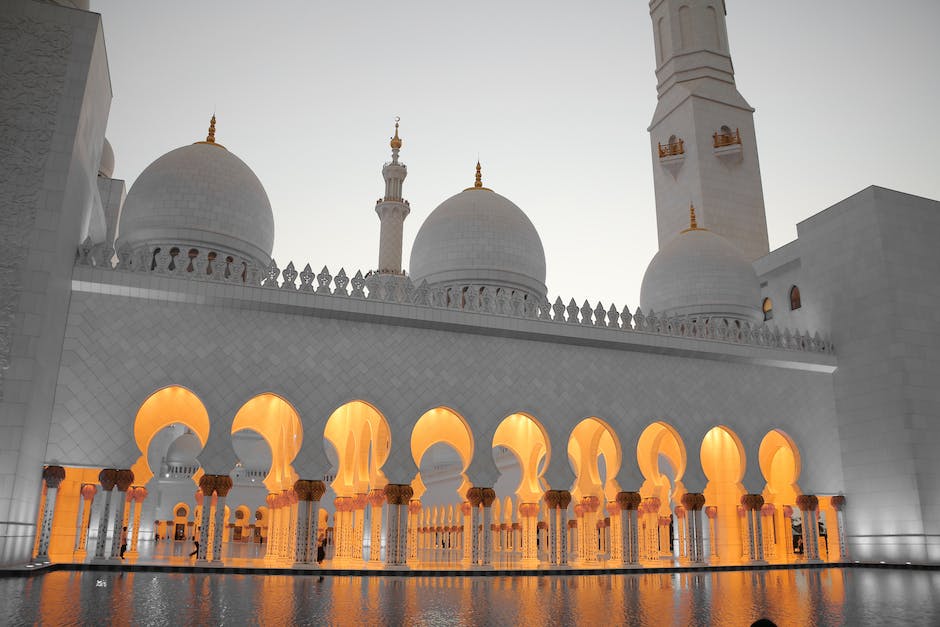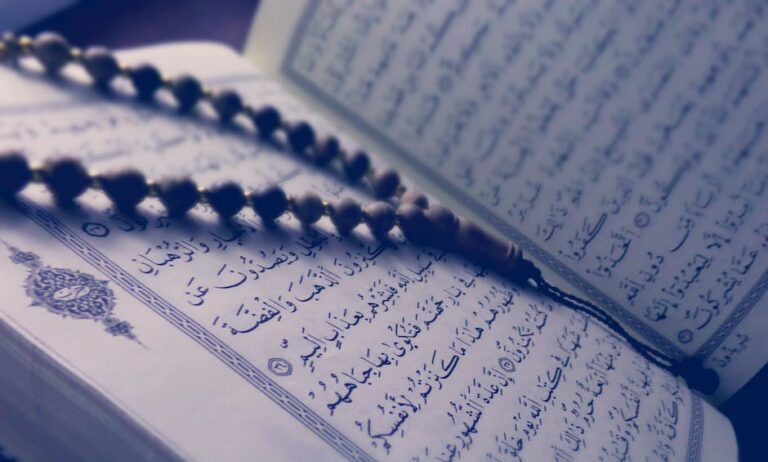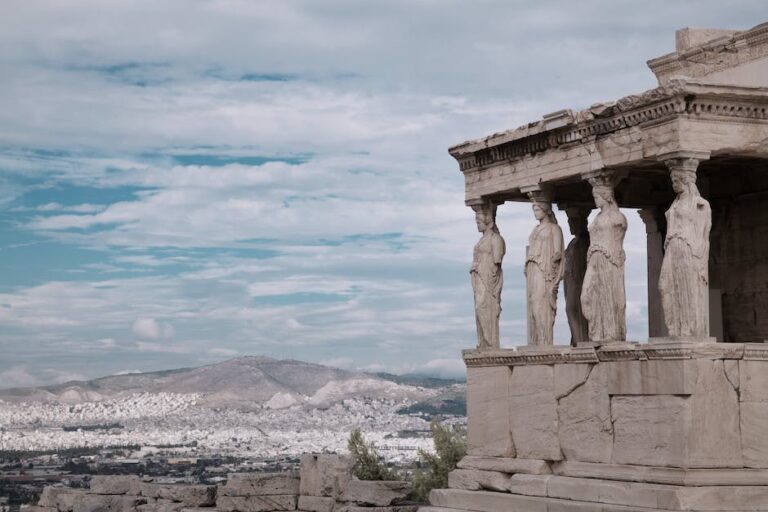Understanding the Five Pillars of Islam: Hajj
Islam is a religion followed by over 1.8 billion people around the world. The Five Pillars of Islam are the foundation of Islamic faith and practice. These five principles are an essential part of Muslim belief, and every practicing Muslim must observe them. They are: Shahada (declaration of faith), Salah (prayer), Zakat (charity), Sawm (fasting), and Hajj (pilgrimage).
The Five Pillars of Islam help Muslims to connect with Allah and live a prosperous life. They remind Muslims of their duties and obligations towards Allah and their fellow human beings. Following these principles helps to maintain a strong and constant connection with Allah, which is essential for achieving a harmonious and rewarding life.
What is the Hajj and why is it important?
Hajj is the pilgrimage to Mecca that Muslims make at least once in their lifetime. It is one of the Five Pillars of Islam, and it is a significant event in the Islamic calendar. Hajj is a unique opportunity for Muslims to connect with Allah, renew their faith, and seek forgiveness for their sins.
The importance of Hajj is highlighted in the Quran when Allah commands Prophet Ibrahim to call mankind to Hajj. Muslims believe that it was the Prophet Ibrahim who built the Kaaba, the holiest site in Islam, in Mecca. Muslims worldwide face the direction of the Kaaba when praying.
Hajj is also an opportunity for Muslims from different backgrounds to come together and celebrate their faith in unity. Hajj helps to promote a sense of brotherhood and sisterhood among the Muslim community worldwide.
Step-by-step guide to performing the Hajj
Performing Hajj is a once-in-a-lifetime experience for Muslims, and it requires careful planning and preparation. Here is a step-by-step guide to performing the rituals of Hajj:
-
Ihram: The first step is to enter the state of Ihram. This involves wearing white clothing and performing ablution.
-
Tawaf: The next step is to perform the Tawaf, a circle around the Kaaba seven times.
-
Sa’i: After performing Tawaf, Muslims move between the hills of Safa and Marwa. This is called Sa’i.
-
Mina: On the 8th of Dhul Hijjah, Muslims leave for Mina, where they spend the night.
-
Arafat: On the 9th of Dhul Hijjah, pilgrims move to Arafat to pray.
-
Muzdalifah: After sunset, pilgrims move to Muzdalifah to spend the night.
-
Rami al-Jamarat: On the 10th of Dhul Hijjah, Muslims perform Rami al-Jamarat. This involves throwing stones at three pillars that represent the devil.
-
Tawaf al-Ifadah: After Rami al-Jamarat, Muslims return to Mecca to perform Tawaf al-Ifadah.
Performing the Hajj requires commitment to the principles of Islam and a strong sense of faith. It is a rigorous journey, but it is a rewarding experience for every Muslim who completes it.
The history and significance of the Kaaba
The Kaaba is a cube-shaped structure located in the center of Islam’s most important mosque, the Masjid al-Haram, in Mecca. The Kaaba is considered the holiest site in Islam and is the qibla, the direction Muslims face when they pray.
The history of the Kaaba goes back to the time of the Prophet Ibrahim when he built the shrine to worship Allah. The Kaaba has since been renovated many times, with the latest renovation taking place in 2019. The Kaaba’s significance lies in its connection to the Prophet Ibrahim and its position as a focal point for Muslims to direct their prayers.
Every year during the Hajj, Muslims perform the Tawaf around the Kaaba, seven times. It is also customary for Muslims to face the direction of the Kaaba during their daily prayers, no matter where they are in the world. The Kaaba serves as a symbol of unity for the Muslim community worldwide.
Rituals and practices of the Hajj
The Hajj consists of several rituals and practices that pilgrims must perform during their journey. These rituals are designed to promote unity, humility, and submission to Allah.
The Hajj rituals include the Tawaf, Sa’i, Arafat, Muzdalifah, Rami al-Jamarat, and Tawaf al-Ifadah. These rituals are performed in a specific order and at specific times.
In addition to the rituals, there are specific practices that pilgrims must follow during the Hajj. For example, they must wear the Ihram, which is a simple white garment, and avoid certain activities, such as cutting their hair or nails.
The Hajj rituals and practices are designed to help Muslims reflect on the purpose of their journey and strengthen their relationship with Allah. Hajj provides an opportunity to leave behind worldly desires and focus on spiritual growth.
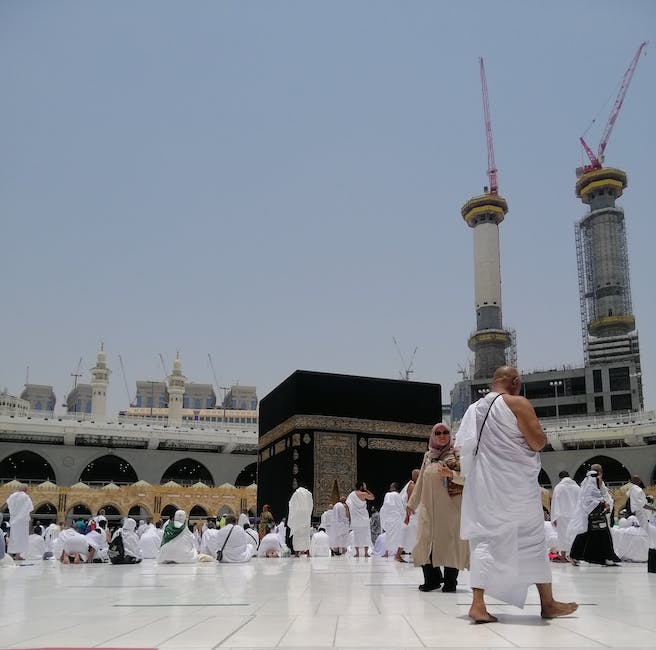
Common mistakes to avoid during the Hajj
Performing Hajj can be a daunting task, and pilgrims can inadvertently make mistakes during their journey. Here are some common mistakes to avoid during the Hajj:
- Losing focus on the purpose of the Hajj
- Not following the Hajj rituals and practices correctly
- Overcrowding and pushing during the Tawaf and other rituals
- Failing to take care of personal hygiene
- Losing patience and becoming angry
- Focusing too much on materialistic desires
- Not being prepared for the physical demands of the journey
Avoiding these common mistakes can help pilgrims to focus on the spiritual aspects of the Hajj, and make the journey a more fulfilling one. It is essential to prepare mentally and physically for the Hajj, and seek guidance from experienced pilgrims and scholars to avoid making mistakes.
The spiritual significance of completing the Hajj
Completing the Hajj is a life-changing experience for Muslims. It is an opportunity for them to reflect on their faith and renew their connection with Allah. After completing the Hajj, Muslims feel spiritually rejuvenated and more committed to their faith.
The Hajj is a physical journey that requires endurance and perseverance, but it is also a spiritual journey that helps to strengthen the pilgrim’s relationship with Allah. The rituals of the Hajj serve as reminders of the Prophet Ibrahim’s devotion to Allah, his faith, and submission.
The Hajj instills a sense of humility and equality in Muslims, reminding them that they are all equal in the eyes of Allah, regardless of their race, culture, or social status. It promotes a sense of brotherhood and sisterhood among the Muslim community worldwide.
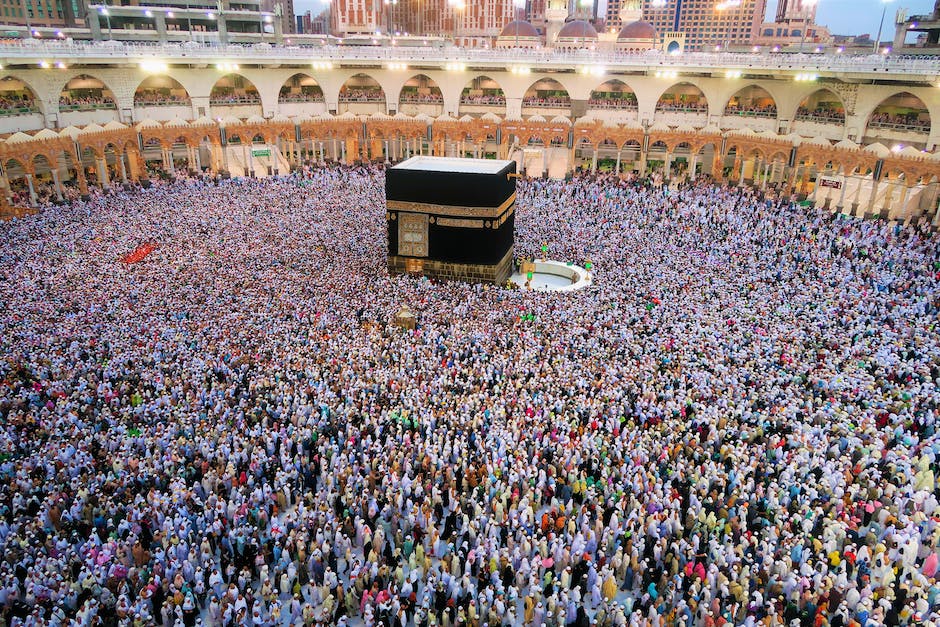
Conclusion: Importance of the Hajj for Muslims
Hajj is an essential pillar of Islam, and completing it is a unique and rewarding experience for Muslims. It provides an opportunity to strengthen one’s faith, seek forgiveness, and reflect on the purpose of life. The Hajj is a journey that requires careful planning and preparation, both mentally and physically.
The significance of the Hajj is not only in performing the physical rituals but also in the spiritual experience and the sense of unity and brotherhood it promotes. It is a journey of self-reflection, cultural exchange, and spiritual growth.
In conclusion, the Hajj is a transformative journey that every Muslim must strive to undertake at least once in their lifetime. It is an opportunity to gain a deeper understanding of Islam, connect with Allah, and promote a sense of brotherhood and unity among the Muslim community worldwide.

